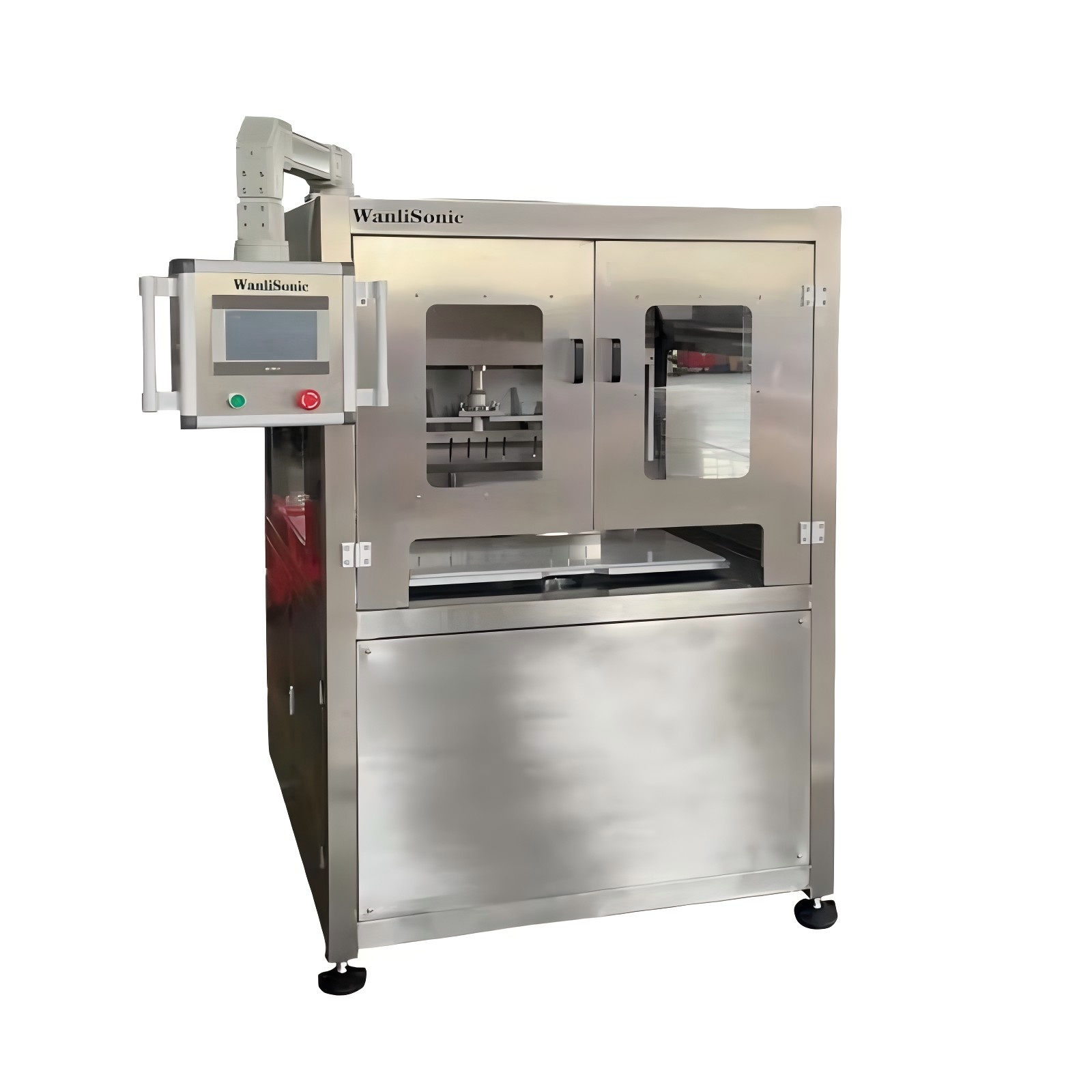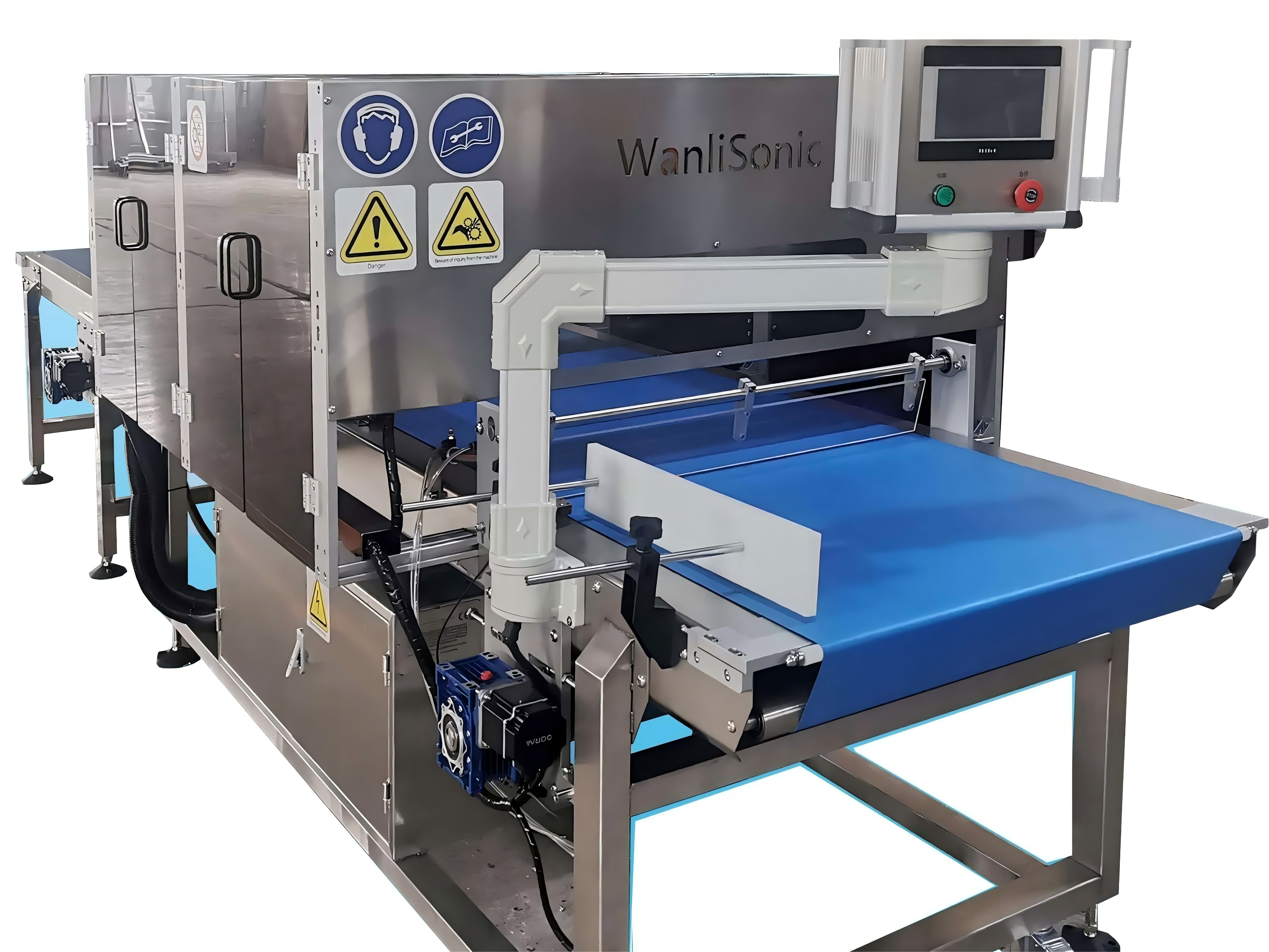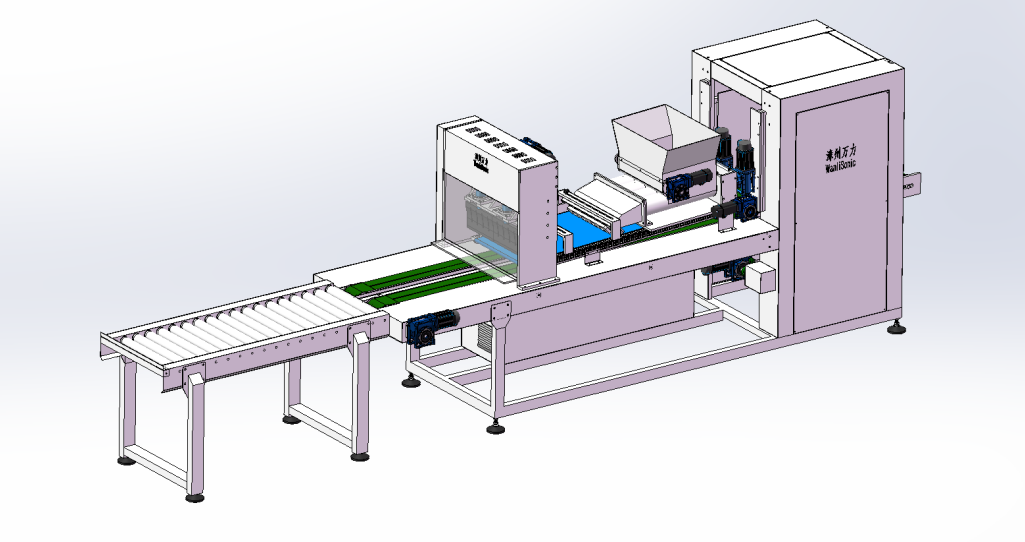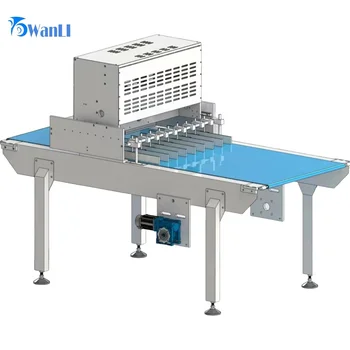Introduction
Imagine a breakfast production line so efficient that it churns out perfectly toasted bread at an industrial scale with minimal human intervention. This is the promise of factory toast feeding machines, a breakthrough in industrial food processing that’s transforming how large-scale breakfasts are prepared. These machines are pivotal for businesses like hotels, large cafeterias, and food service companies looking to optimize their operations.
What is a Factory Toast Feeding Machine?
A factory toast feeding machine is a high-capacity appliance designed for industrial-scale bread toasting. Unlike smaller, residential models, these machines are built to handle large volumes of bread, ensuring each slice is toasted to perfection.
Core Components and Functionalities
- High-Capacity Feeders: Designed to load multiple slices of bread simultaneously.
- Industrial Toasting Chambers: High-powered elements that ensure quick and even toasting.
- Automated Dispensing Systems: Efficiently deliver toasted bread to conveyor belts or collection trays.
- Control Panels: Advanced interfaces for setting toasting parameters and monitoring performance.
How Does a Factory Toast Feeding Machine Work?
Here’s a simplified overview of the operational process:
- Loading: Bread is loaded into large feeders.
- Feeding: Automated mechanisms feed bread into the toasting chambers.
- Toasting: Bread is toasted according to pre-set parameters for time and browning level.
- Dispensing: Toasted bread is automatically dispensed onto conveyor belts for further processing or packaging.
These machines can seamlessly integrate with other industrial kitchen equipment, such as slicers and packaging machines, creating a streamlined breakfast production line.
Benefits of Using Factory Toast Feeding Machines
The advantages of incorporating factory toast feeding machines into your production line are substantial:
- Increased Efficiency: Automates the toasting process, significantly reducing manual labor.
- Consistent Quality: Ensures uniform toasting, reducing the risk of burnt or under-toasted bread.
- Cost Savings: Reduces labor costs and minimizes waste through precise toasting controls.
- Scalability: Easily scalable to match increasing production demands.
Types of Factory Toast Feeding Machines
Factory toast feeding machines come in various configurations to suit different industrial needs:
- Fully Automatic vs. Semi-Automatic: Fully automatic machines handle all aspects of toasting, while semi-automatic machines may require some manual intervention.
- High-Capacity vs. Standard-Capacity: High-capacity machines are designed for large-scale operations, whereas standard-capacity machines are suited for medium-sized facilities.
Key Features of Factory Toast Feeding Machines
When selecting a factory toast feeding machine, look for the following features:
- Customizable Settings: Allows precise control over toasting time, temperature, and browning level.
- Safety and Compliance: Features like automatic shut-off, cool-touch exteriors, and compliance with industry safety standards.
- Capacity and Throughput: Ensure the machine can handle the volume of bread your facility processes daily.
Leading Brands and Models
Several brands dominate the factory toast feeding machine market. Here’s an overview of some top contenders:
- Brand A: Known for robust and reliable high-capacity models.
- Brand B: Offers machines with advanced smart technology and automation features.
- Brand C: Specializes in cost-effective, energy-efficient models suitable for various scales of operation.
Installation and Setup
Installing a factory toast feeding machine involves several steps:
- Site Preparation: Ensure the installation area is clean, stable, and near necessary utilities.
- Positioning: Place the machine on a flat surface and secure it.
- Connection: Connect to electrical and, if required, data lines following manufacturer guidelines.
- Calibration: Set initial toasting parameters and run a few test batches to ensure everything is working correctly.
Common setup challenges include ensuring the machine is compatible with existing production lines and meeting space requirements, but these can often be resolved with proper planning and professional assistance.
Maintenance and Care
To keep your factory toast feeding machine in optimal condition:
- Regular Cleaning: Clean the feeding mechanisms, toasting chambers, and dispensing systems regularly to prevent buildup and ensure hygiene.
- Routine Inspections: Periodically check for wear and tear on moving parts.
- Troubleshooting: Have a clear protocol for addressing common issues like jamming or uneven toasting.
Innovations in Factory Toast Feeding Machines
The latest innovations are pushing the boundaries of what these machines can do:
- Smart Technology: Integration with IoT devices for remote monitoring and control.
- Enhanced Automation: Advanced sensors and AI to optimize toasting parameters dynamically.
- Eco-Friendly Designs: Machines built with sustainable materials and energy-efficient components to reduce environmental impact.
Comparing Factory Toast Feeding Machines with Traditional Methods
When compared to traditional toasting methods, factory toast feeding machines offer several distinct advantages:
- Efficiency and Productivity: Automated processes significantly speed up production.
- Cost-Effectiveness: Despite higher initial costs, long-term savings from reduced labor and waste make them a worthwhile investment.
- Consistency: Uniform toasting ensures product quality and customer satisfaction.
User Reviews and Case Studies
Real-world applications provide valuable insights into the effectiveness of these machines:
- Case Study 1: A large hotel chain improved breakfast service efficiency by 30% after installing factory toast feeding machines.
- Case Study 2: A food service company reduced waste by 20% due to the consistent quality of toast produced by these machines.
Purchasing Guide
When buying a factory toast feeding machine, consider:
- Production Needs: Match the machine’s capacity to your daily bread volume.
- Budget: Factor in both the initial cost and potential long-term savings.
- Reviews and Warranties: Opt for machines with positive user reviews and robust warranties.
Environmental Impact
Many manufacturers are focusing on sustainability:
- Sustainable Manufacturing: Using recyclable materials and eco-friendly production processes.
- Energy Efficiency: Machines designed to consume less power, reducing operational costs and environmental impact.
Conclusion
Factory toast feeding machines represent a significant leap forward in industrial food production. By automating a crucial part of the breakfast preparation process, they offer unparalleled efficiency, consistency, and cost savings. Whether you run a large hotel, a bustling cafeteria, or a food service company, these machines can help streamline your operations and ensure top-quality results.
FAQs
Q1: Are factory toast feeding machines difficult to maintain? A1: Not at all. Regular cleaning and routine inspections can keep these machines running smoothly.
Q2: Can these machines handle different types of bread? A2: Yes, most factory toast feeding machines are designed to accommodate various bread types, from standard slices to thicker artisanal loaves.
Q3: How energy-efficient are these machines? A3: Modern factory toast feeding machines are designed to be highly energy-efficient, reducing both operational costs and environmental impact.
Q4: What is the typical lifespan of a factory toast feeding machine? A4: With proper maintenance, these machines can last many years, often a decade or more, depending on usage intensity.
Q5: Can these machines be integrated into existing production lines? A5: Yes, most models are designed for easy integration with other industrial kitchen equipment, enhancing overall production efficiency.






